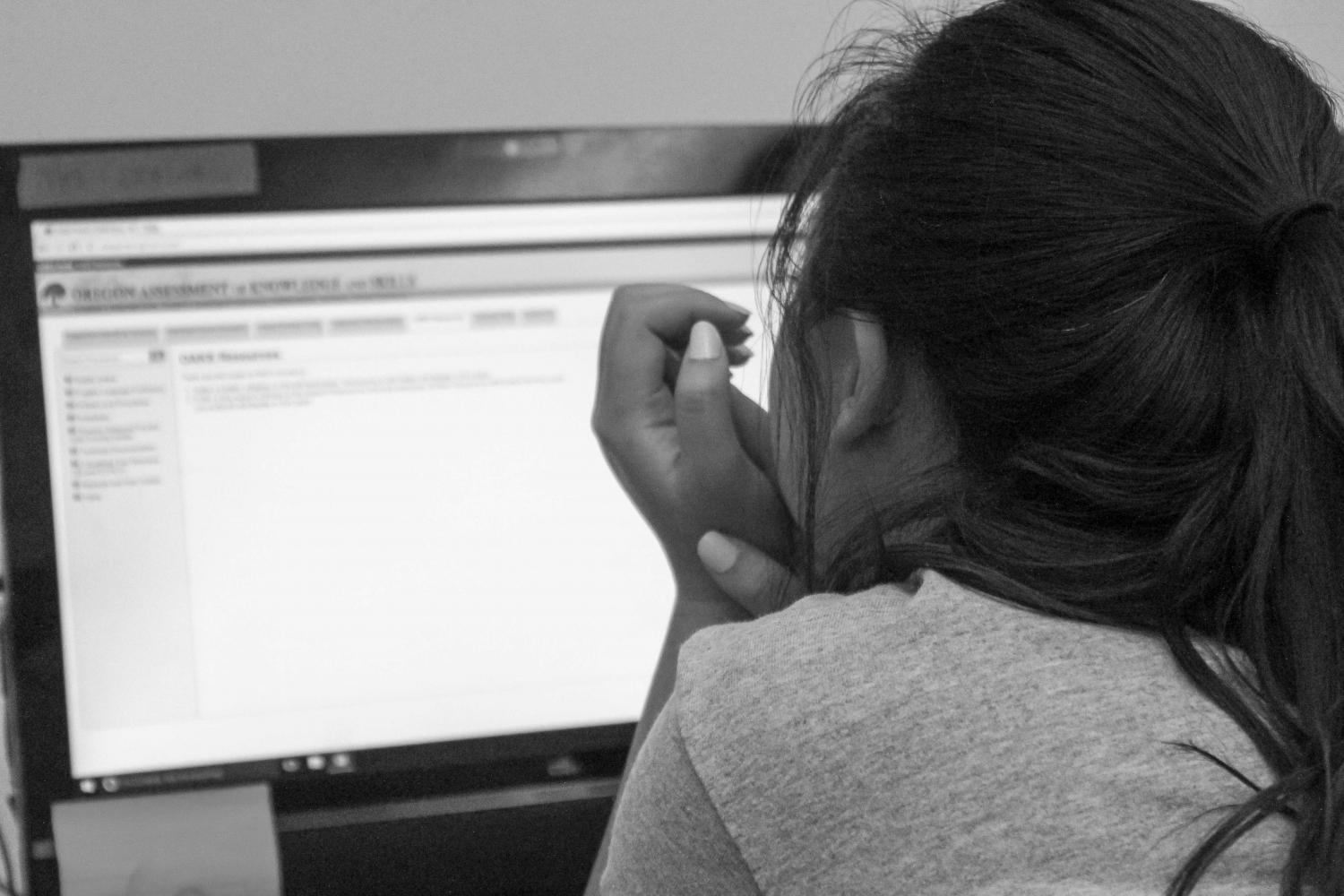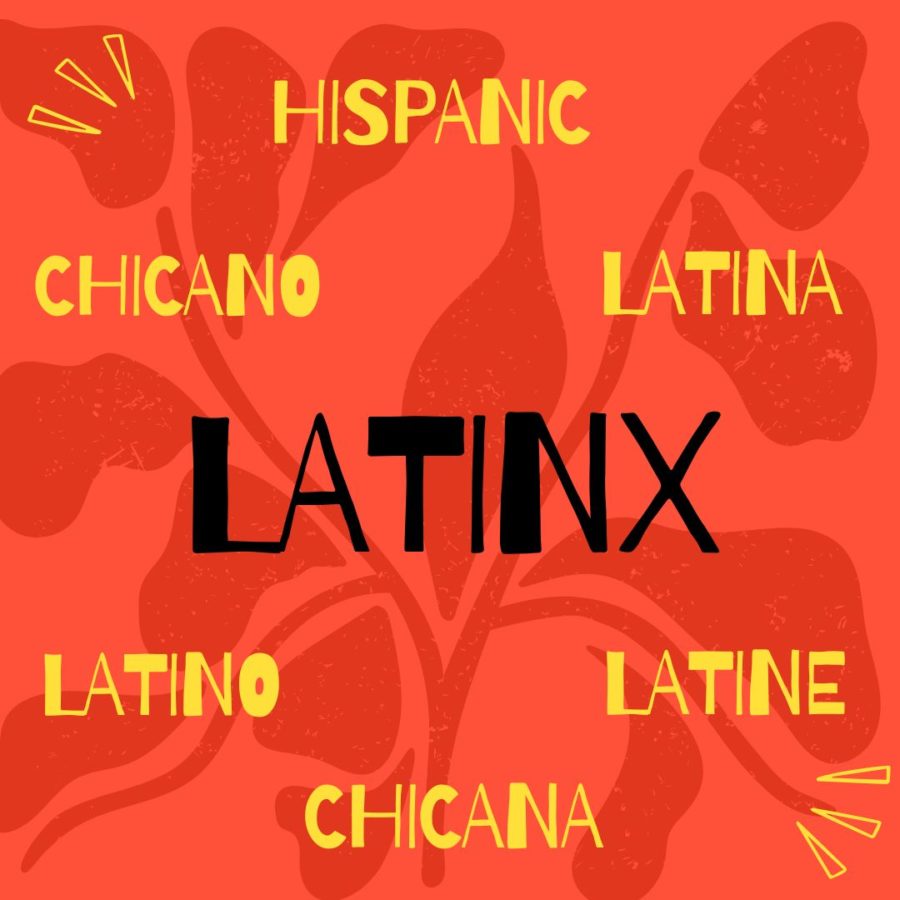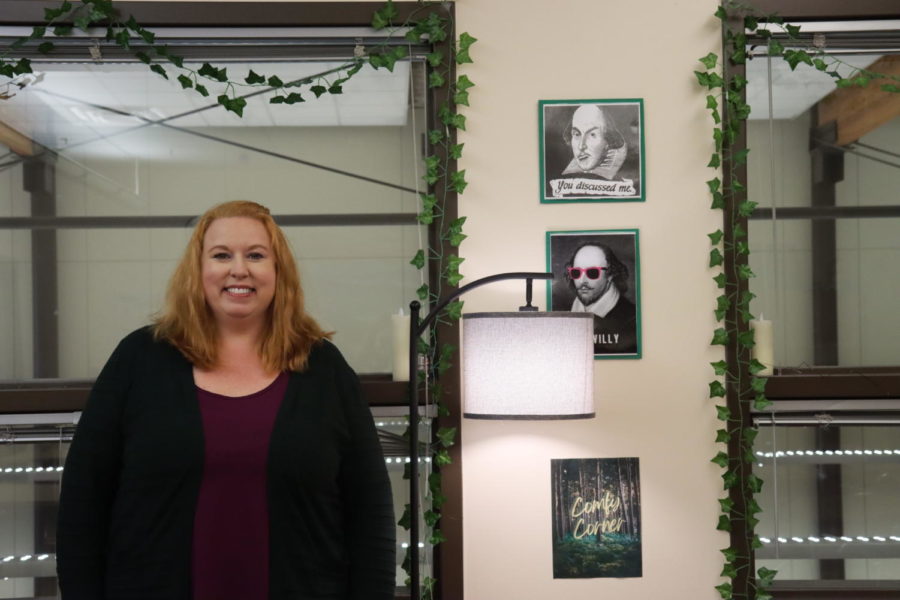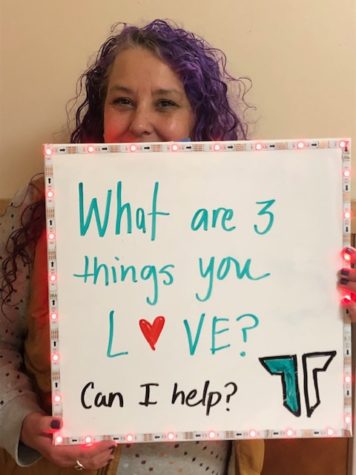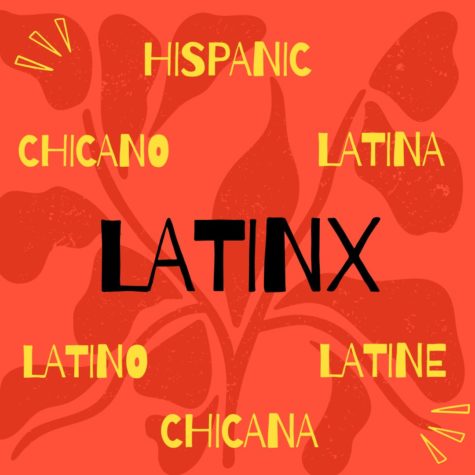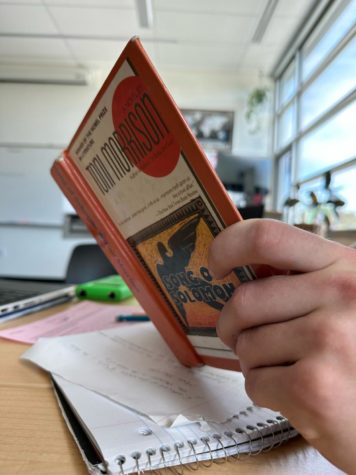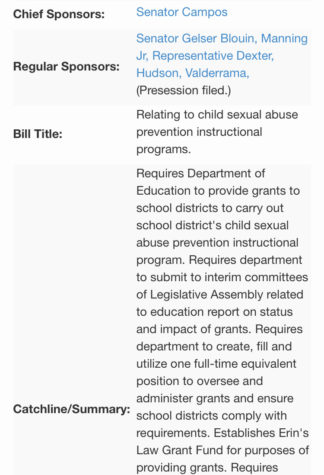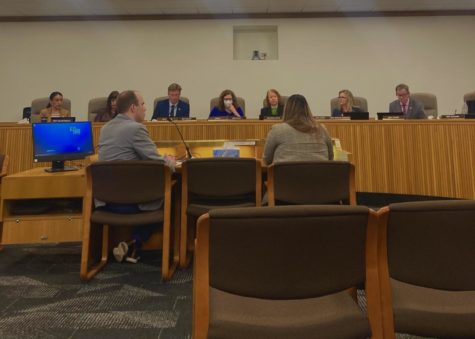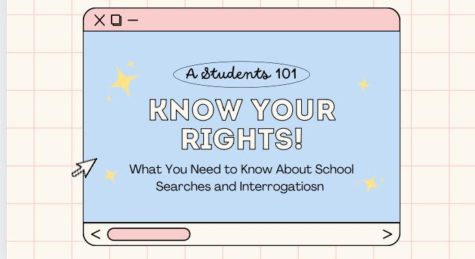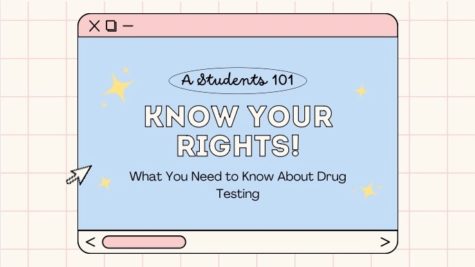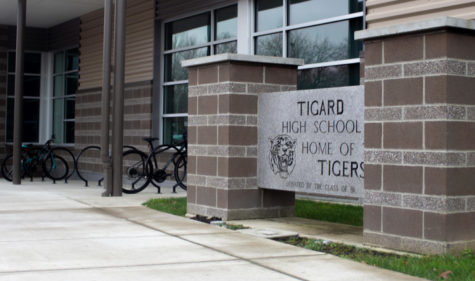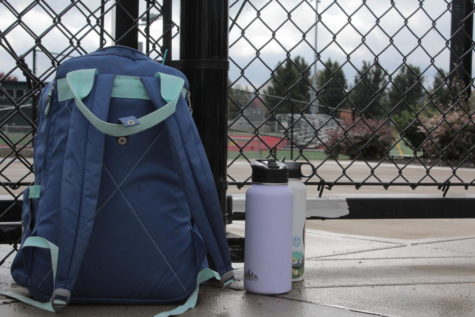SBAC opt out rates hit Tigard High hard
May 23, 2017
Since we printed “SBAC opt out rates hit Tigard High hard” May Hi-Spots, we have updated our statistics for opt out rates of Smarter Balanced Testing. 13 people have turned in opt out forms since we ran the story. As of May 23, 55 of 144 IB students opted out of the test, that is about 38 percent of IB juniors. 77 of 481 total juniors opted out, which is 16 percent.
Tigard High School makes it too easy for students to opt out of Smart Balanced Testing. THS has a surprisingly high opt out rate. The Smarter Balanced test is supposed to replace the OAKS test and get an assessment of how well the curriculum is being taught.
According to math teacher Stu Bailey, the Smarter Balanced tests are meant to “have some checks and balances to make sure that all students are getting a good education, not just the ones that are in affluent school districts.” The school’s total results act as an assessment of how all students in the school are doing. However, many of the top students don’t even take the Smarter Balanced test. They opt out because they already took the SAT or ACT, so when the school results arrive, they’re missing many of the top students’ scores. This misrepresentation bothers Bailey.
“A ton of my best students are not taking the test and we are going to get a report for Tigard High School that’s going to say ‘this is how the students scored’, but 50 out of the 100 best students at Tigard High didn’t actually take the test, and it doesn’t give an accurate description,” Bailey said.
So the test’s purpose of checking in on how students are doing means that it’s not even doing its job accurately because the Smarter Balanced opt out rate at Tigard High is about 13 percent (63 out of the 484 juniors), In comparison, Tualatin High School’s rate is much lower at 1 percent (6 out of 470 juniors). Why is there such a disparity at two schools in the same district?
Associate Principal Angelita Miller explained that at Tualatin the teachers are very supportive of the test. When Smarter Balanced was introduced, all of the teachers at Tualatin took the test so they could understand how to teach it. Maybe having teachers who understand and vocally support the test could fix our opt out rate.
Another possible cause for all of these opt outs is an overloading of standardized tests. “State testing is good but you guys get the ACT and the SAT which tests you guys on the same information,” the test administrator at Tigard, Shana Beckman said. “Smarter Balanced is the new state testing that’s required for the United States. Every state has some form of the smarter balanced testing and it replaces Oregon’s OAKS testing.” Beckman thinks that the high opt out rate for smarter balanced is because “Some [students] take the ACT and the SAT and a lot of them are in IB classes, so they just feel that the smarter balanced is overkill.”
This high opt out rate makes sense considering the students opting out at Tigard are often IB students who have already taken the SAT and/or ACT. “They’re testing back to back to back to back and even missing a little class time to take those tests. It’s rigorous; it’s hard; and that’s actually the bottom line for why students would want to opt out,” Miller said.
All of these opt outs have important implications. Not only is our school not able to get accurate information as to how students in general are performing, but it is making it harder for Oregon to get federal funding. While taking so many tests is definitely difficult, the school should take steps to both support the people who feel the need to opt out, and emphasize the importance of getting accurate information through these tests.
If most students opting out of Smarter Balanced feel overwhelmed with all of the tests they are taking, if the school helps provide support for those people, we would see at least some improvement in our opt out rates. If the adults in these students lives, teachers and parents alike, encouraged taking the test over opting out, we might make some improvement as well.
Standardized testing isn’t fun, but our shockingly high opt out rates have larger impacts than most think.
If they can do this, they will get rewarded with better information that they can then use to make high school better for everyone.


